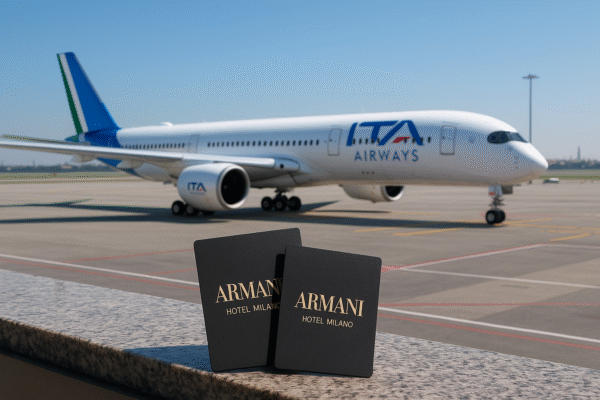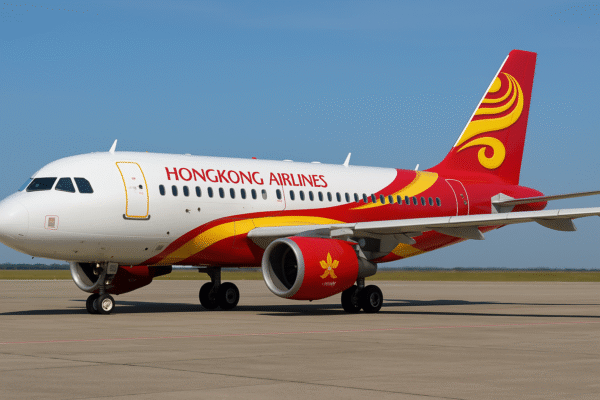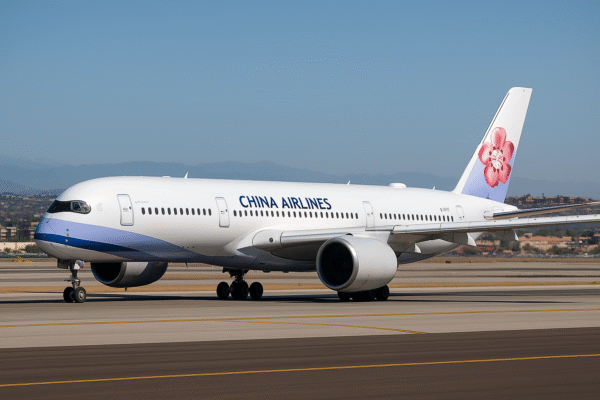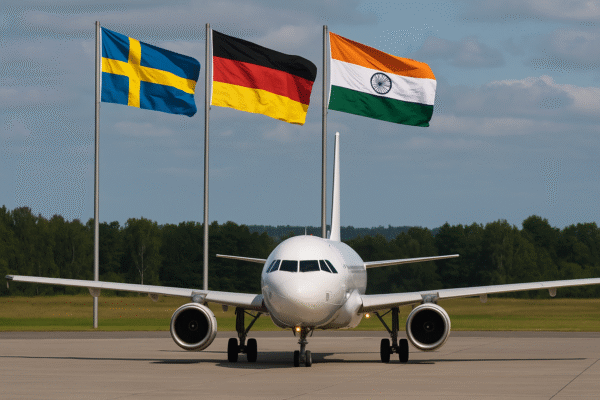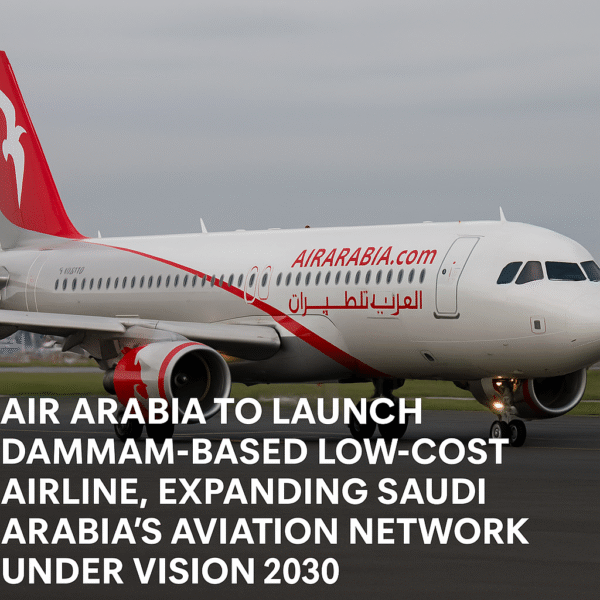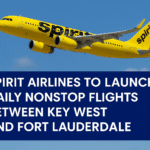Dammam, Saudi Arabia — In a transformative move for regional aviation, UAE-based low-cost carrier Air Arabia has secured approval to launch a new budget airline headquartered in Dammam. This strategic expansion marks a significant milestone in Saudi Arabia’s push to diversify its economy and enhance travel infrastructure under Vision 2030.
The airline, whose name is expected to be announced later in 2025, will be based at King Fahd International Airport (DMM), and will begin operations with an initial fleet of 35 aircraft. Plans are already in place to expand the fleet to 45 aircraft by 2030. The carrier is designed to strengthen regional and international connectivity, particularly focusing on underserved areas of the Kingdom and key international labor and leisure routes.
Transforming Air Travel Across Saudi Arabia
This new venture will cater to a growing demand for affordable and efficient travel, especially across the Eastern Province and Gulf region. The airline will operate 81 routes—24 domestic and 57 international—making it one of the most ambitious low-cost carriers to launch in the Kingdom to date.
The introduction of this airline represents a boost to King Fahd International Airport’s role as a gateway for regional air travel. Traditionally overshadowed by Riyadh’s King Khalid International and Jeddah’s King Abdulaziz International Airports, Dammam will now emerge as a major aviation hub on the eastern front.
GACA (General Authority of Civil Aviation) noted that the approval aligns with Saudi Arabia’s broader aviation strategy to elevate passenger capacity to over 330 million annually by 2030 and position the Kingdom among the world’s top air transit hubs.
Economic Diversification and Job Creation
The new airline is also a key driver of economic diversification, one of the central pillars of Saudi Vision 2030. With expectations to serve 10 million passengers annually by the end of the decade, the venture will create more than 2,400 direct jobs in aviation operations, technical support, and customer services. This supports the Kingdom’s wider goal of reducing unemployment and expanding career opportunities for Saudi nationals.
According to Saudi Arabia’s Ministry of Transport and Logistics Services, the aviation sector currently contributes more than SAR 80 billion to the national GDP. With plans to inject over SAR 365 billion ($97 billion) in transport and logistics infrastructure by 2030, this airline launch comes at a critical moment for both economic and social transformation.
Targeting Expat Travel and Regional Routes
The Dammam-based airline will focus on high-demand regional and international routes, including destinations in South Asia (such as India, Pakistan, and Bangladesh), the Gulf Cooperation Council (GCC) countries, and key cities in Southeast Asia and North Africa.
Dammam is uniquely positioned to serve the large expatriate population in the Eastern Province, many of whom travel regularly for work, religious pilgrimage, or family visits. The airline’s low-cost model ensures that affordable travel options are accessible to this essential demographic, while also offering alternatives for domestic travelers and budget-conscious tourists.
A Strategic Partner in Vision 2030
This move by Air Arabia reinforces its commitment to playing a key role in the Middle East’s evolving aviation ecosystem. The airline already operates joint ventures such as Fly Arna in Armenia and Fly Jinnah in Pakistan, showcasing its experience in building sustainable, low-cost carriers in emerging markets.
Saudi Arabia’s Vision 2030 includes goals to elevate the tourism sector, aiming to attract 150 million visitors annually by the end of the decade. Increased air connectivity, particularly with competitively priced carriers, is crucial to meeting these objectives. The launch of a Dammam-based low-cost airline will contribute to expanding inbound tourism from neighboring countries and major international markets, making the Kingdom more accessible to travelers from all income levels.
Competition and Growth in the Low-Cost Market
The Saudi domestic aviation market already includes established low-cost players such as Flynas and Flyadeal. However, Air Arabia’s new airline is expected to carve a unique niche, targeting regions with limited existing service and leveraging its proven operational efficiency.
The introduction of more competition is likely to benefit consumers through better pricing, improved services, and wider travel choices. The Kingdom’s regulatory support for competitive, private-sector-driven aviation growth ensures an environment in which new entrants like this airline can thrive.
Sustainability and Digital Innovation
As part of the Kingdom’s broader sustainability agenda, the new airline will likely incorporate fuel-efficient aircraft and carbon offset programs. Air Arabia has previously invested in modernizing its fleet with newer-generation Airbus A320 family aircraft, known for lower emissions and fuel consumption.
Furthermore, the airline is expected to integrate smart technologies, including contactless check-in, dynamic pricing models, and digital booking platforms to align with Saudi Arabia’s smart mobility and digital economy goals.
Conclusion: A New Era for Air Travel in the Eastern Province
The launch of Air Arabia’s new low-cost airline in Dammam represents a significant leap forward in Saudi Arabia’s aviation sector. It strengthens regional and international connectivity, creates thousands of jobs, and supports Vision 2030’s mission to modernize the Kingdom’s economy.
As construction ramps up and preparations move ahead at King Fahd International Airport, travelers across Saudi Arabia and the broader Gulf region can look forward to an affordable, convenient, and modern air travel experience that reflects the Kingdom’s ambitions for the future.
For more travel news like this, keep reading Global Travel Wire












